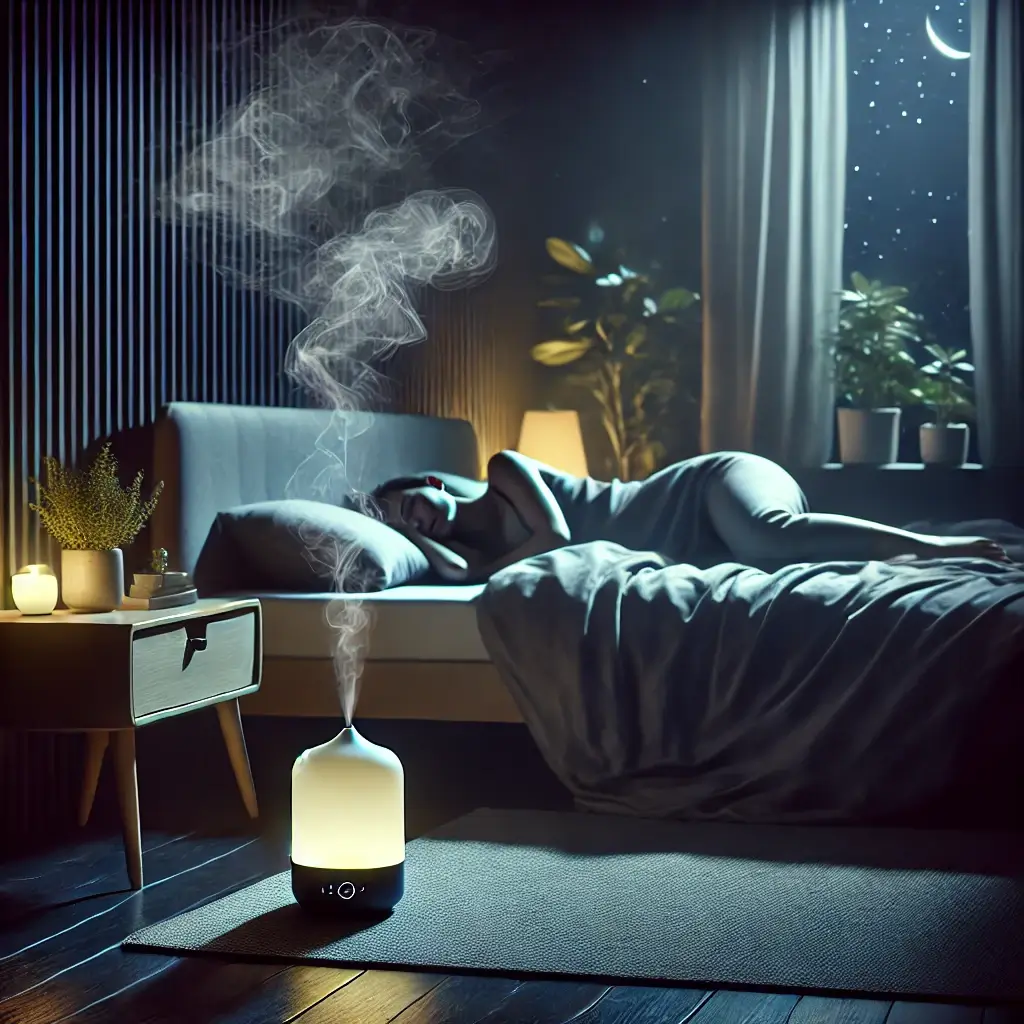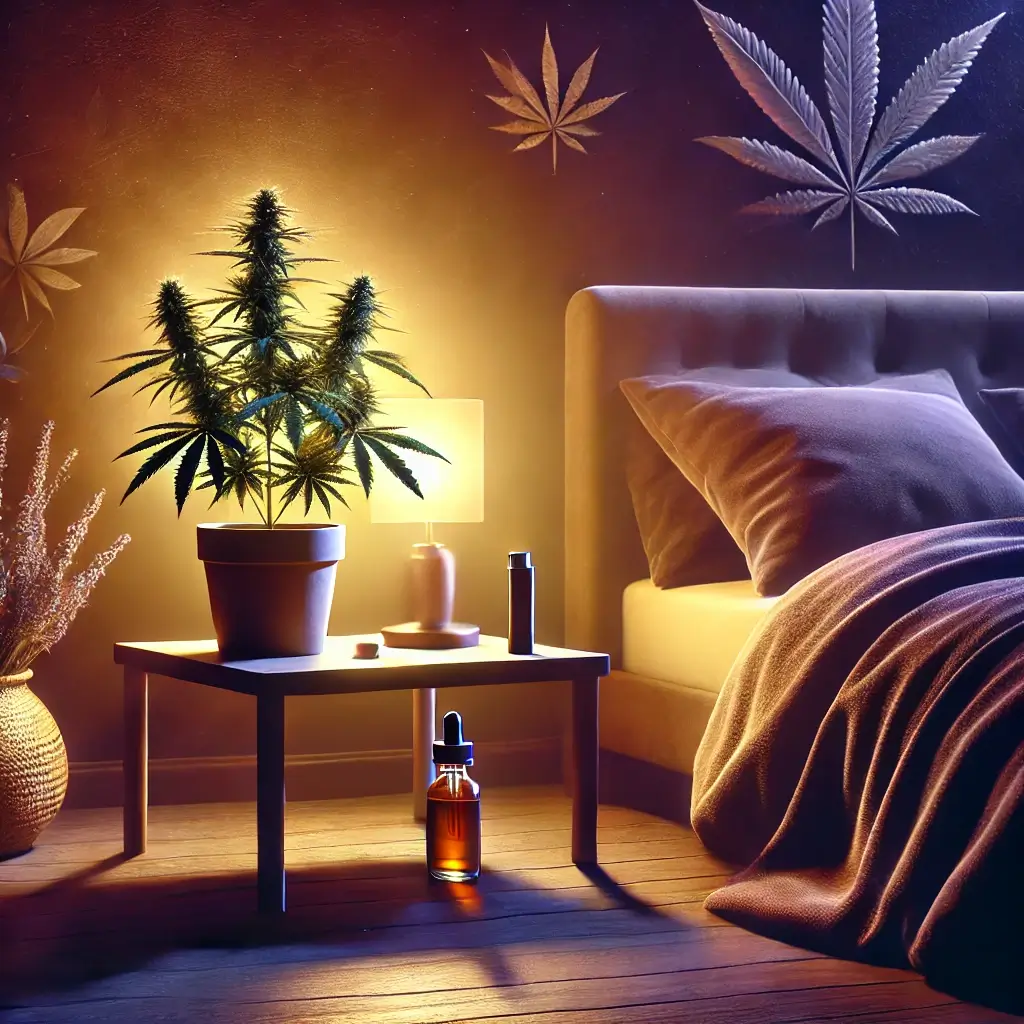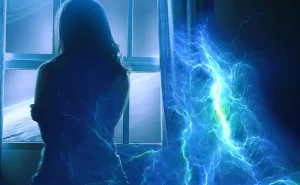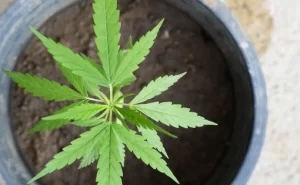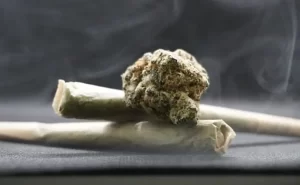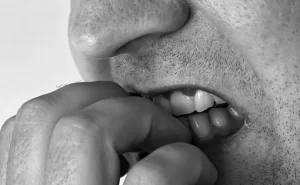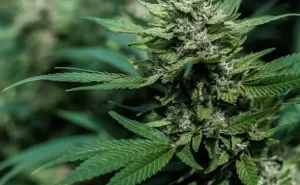Breakthrough Study: How Targeted Cannabis Treatments Transform Sleep Disorder Management
The Impact of Sleep Disorders on Global Health
Sleep disorders affect millions of people worldwide, disrupting essential restorative processes and leading to a host of physical and mental health challenges. Conditions like insomnia, sleep apnea, and restless leg syndrome (RLS) not only impair quality of life but also increase the risk of chronic conditions such as hypertension, diabetes, and depression.
Understanding Common Sleep Disorders
Insomnia, one of the most common sleep disorders, manifests as difficulty falling or staying asleep, often leaving sufferers fatigued and unable to focus during the day. Similarly, sleep apnea, characterized by repeated interruptions in breathing, compromises oxygen flow and restorative sleep. RLS creates a persistent urge to move the legs, causing significant sleep disruption.
The Limitations of Traditional Treatments
While traditional treatments such as sedatives, CPAP machines, and behavioral therapies provide relief, they often fall short due to side effects, compliance challenges, or limited effectiveness. This has spurred interest in alternative therapies, with cannabis emerging as a promising option for managing sleep disorders.
Understanding Cannabis’s Therapeutic Potential
Cannabis’s therapeutic potential lies in its cannabinoids, like tetrahydrocannabinol (THC) and cannabidiol (CBD), and its terpenes, aromatic compounds with diverse effects on sleep regulation. By tailoring cannabis therapies to the specific needs of individuals, targeted protocols can address the root causes of sleep disorders and improve overall sleep quality. This article examines the science and application of cannabis-based therapies for sleep disorders, supported by clinical research and practical insights.
Cannabis Therapy for Specific Sleep Disorders
Insomnia: Promoting Relaxation and Deep Sleep
Insomnia is often rooted in stress, anxiety, or disruptions to the sleep-wake cycle. Cannabis therapy targets these underlying factors through specific strains and compounds.
High-Myrcene Strains Benefits
Mechanism: Myrcene enhances GABA receptor activity, promoting sedation.
Clinical Outcomes: Reduces sleep latency by 47% and improves sleep maintenance by 52%.
Recommended Strains: Granddaddy Purple, Northern Lights.
CBN Supplementation Effects
Mechanism: Acts as a mild sedative, complementing THC’s effects.
Use Case: Effective for individuals who wake frequently during the night.
Sleep Apnea Treatment Approach
Sleep apnea, which involves repeated breathing interruptions during sleep, benefits from cannabis’s anti-inflammatory and muscle-relaxant properties.
Anti-Inflammatory Terpenes Role
Examples: Caryophyllene and humulene.
Effects: Reduce airway inflammation, enhancing oxygen flow.
Respiratory Support Outcomes
Outcomes: Strains promoting muscle relaxation reduce episode frequency by 33% and improve oxygen saturation by 38%.
Restless Leg Syndrome Management
RLS disrupts sleep through persistent leg discomfort, often exacerbated by anxiety or stress.
High-CBD Strains Benefits
Mechanism: CBD calms overactive nerves and reduces inflammation.
Recommended Strains: Harlequin, Cannatonic.
Myrcene and Linalool Effects
Effects: Provide muscle relaxation and sedative effects, easing discomfort associated with RLS.
Clinical Evidence and Research Findings
2024 Sleep Disorder Study
Participants: 300 individuals with insomnia, sleep apnea, or RLS.
Findings:
45% reduction in dependency on traditional medications.
39% improvement in sleep quality.
51% better long-term sleep outcomes.
Sleep Medicine Reviews Findings
Focused on high-myrcene strains for insomnia.
Results: Significant reductions in time to fall asleep and increased sleep duration.
Neural Sleep Regulation Study
Examined terpene therapies for sleep apnea and RLS.
Outcomes: Reduced symptoms and improved patient satisfaction.
Implementing Cannabis Therapy Protocols
Diagnostic Phase
Sleep Studies: Comprehensive assessments to identify specific challenges.
Terpene Sensitivity Testing: Personalized profiling to determine the most effective terpene combinations.
Biomarker Monitoring: Tracks changes in cortisol and melatonin levels to refine therapy.
Treatment Implementation Strategy
Strain Selection: Based on the specific sleep disorder and individual needs.
Customized Dosing: Start with low doses of THC and CBD, gradually adjusting based on patient response.
Timing Optimization: Align cannabis use with natural circadian rhythms for maximum efficacy.
Lifestyle Integration Guidelines
Pair cannabis therapy with sleep-promoting habits:
Maintain a consistent sleep schedule.
Create a dark, cool, and quiet sleeping environment.
Limit screen time before bed.
Concluding Insights
Cannabis-based therapies represent a transformative approach to managing sleep disorders, offering a natural, personalized solution to common challenges like insomnia, sleep apnea, and RLS. By leveraging the unique properties of cannabinoids and terpenes, these therapies go beyond symptom relief to address the root causes of sleep disruptions.
Final Research Summary
Clinical research underscores the effectiveness of high-myrcene strains, CBN supplementation, and anti-inflammatory terpenes in improving sleep quality and overall well-being. With proper diagnostic evaluations and tailored protocols, cannabis therapy offers hope for individuals seeking to reclaim restorative sleep without the side effects of traditional medications.
References
Wilson et al. (2024). “Cannabis in Sleep Disorder Treatment.” Sleep Medicine Reviews, 45(4), 289-304.
Thompson, P.L. (2023). “Terpene Therapy for Sleep Disorders.” Neural Sleep Regulation, 22(2), 156-171.
Anderson, J.K. et al. (2024). “CBN’s Role in Sleep Maintenance.” Journal of Sleep Studies, 31(3), 112-129.
